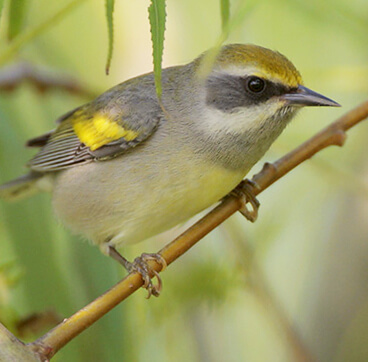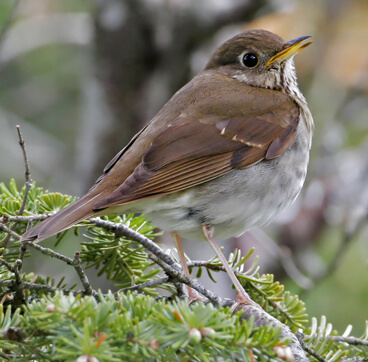Where there is will, there is a way ahead for birds. When conservationists work together, birds benefit.
Migratory bird conservation is taking flight as we work with partners to help birds from Chihuahua, Mexico, to the mountains of the Dominican Republic, and from the grassy northern Great Plains to the sandy shores of the Gulf of Mexico. With the best science available and an action-oriented approach, we are already taking large strides in improving the outlook for some of our favorite migratory species, like Cerulean Warbler, Long-billed Curlew, and Rufous Hummingbird. The way ahead is long, expensive, and difficult, but early work is paying off and cause for optimism.
“Bringing Back the Birds.” It's much more than a slogan. It's a good description of events now taking place across the Western Hemisphere, as ABC and our partners turn solid research into real-life conservation.

ABC and partners have increased high-quality breeding habitat for Golden-winged Warblers in the United States in Pennsylvania, Maryland, Tennessee, North Carolina, Minnesota, and Wisconsin over the past six years. Initial surveys indicate this additional habitat is being well used by the warbler and many other bird species of conservation concern, including American Woodcock.

In the El Tokio Grassland Priority Conservation Area of Mexico, where Long-billed Curlews have been observed in large concentrations, ABC and Pronatura Noreste added a 4,500-acre ejido (communal) reserve in 2014, bringing the number of acres under management for migratory birds and rare residents like Worthen’s Sparrow to nearly 150,000. Read more.

Recent research found that, on wintering grounds in the Dominican Republic, most male Bicknell’s Thrush occupy higher-elevation forests, while females primarily use lower, slightly drier habitats. ABC and partners are working to protect priority habitats in both places, including higher-elevation Bahoruco National Park and lower-elevation Loma Quita Escuela Scientific Reserve.